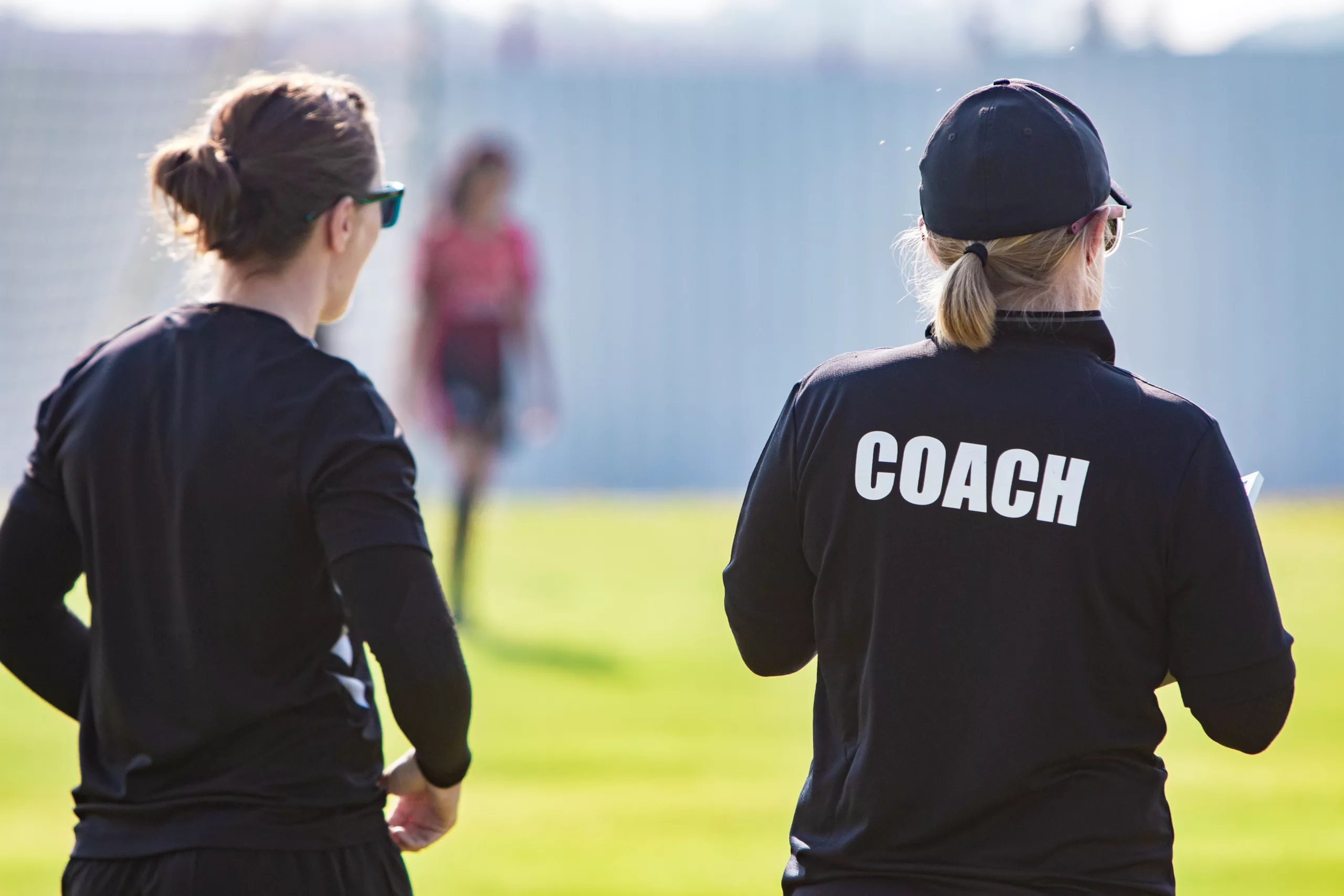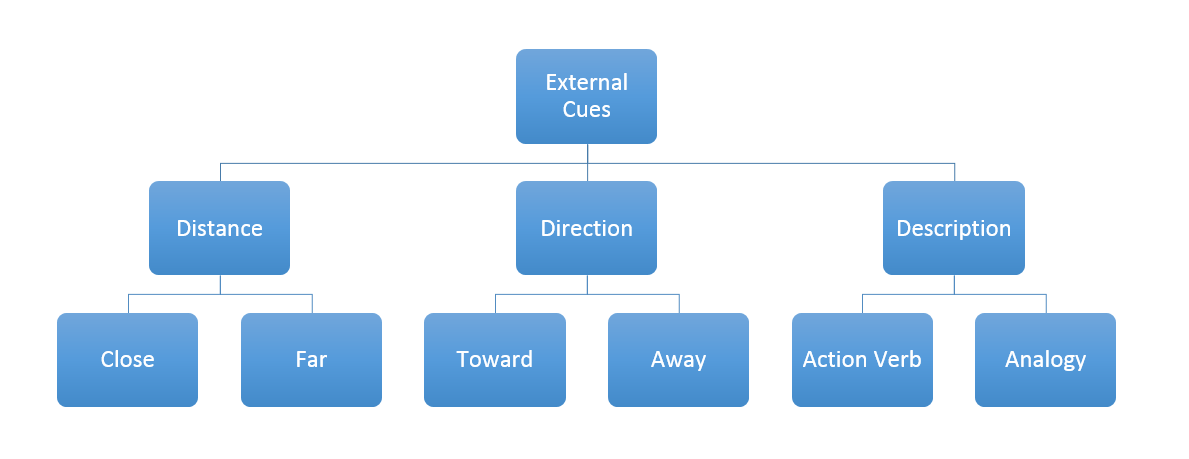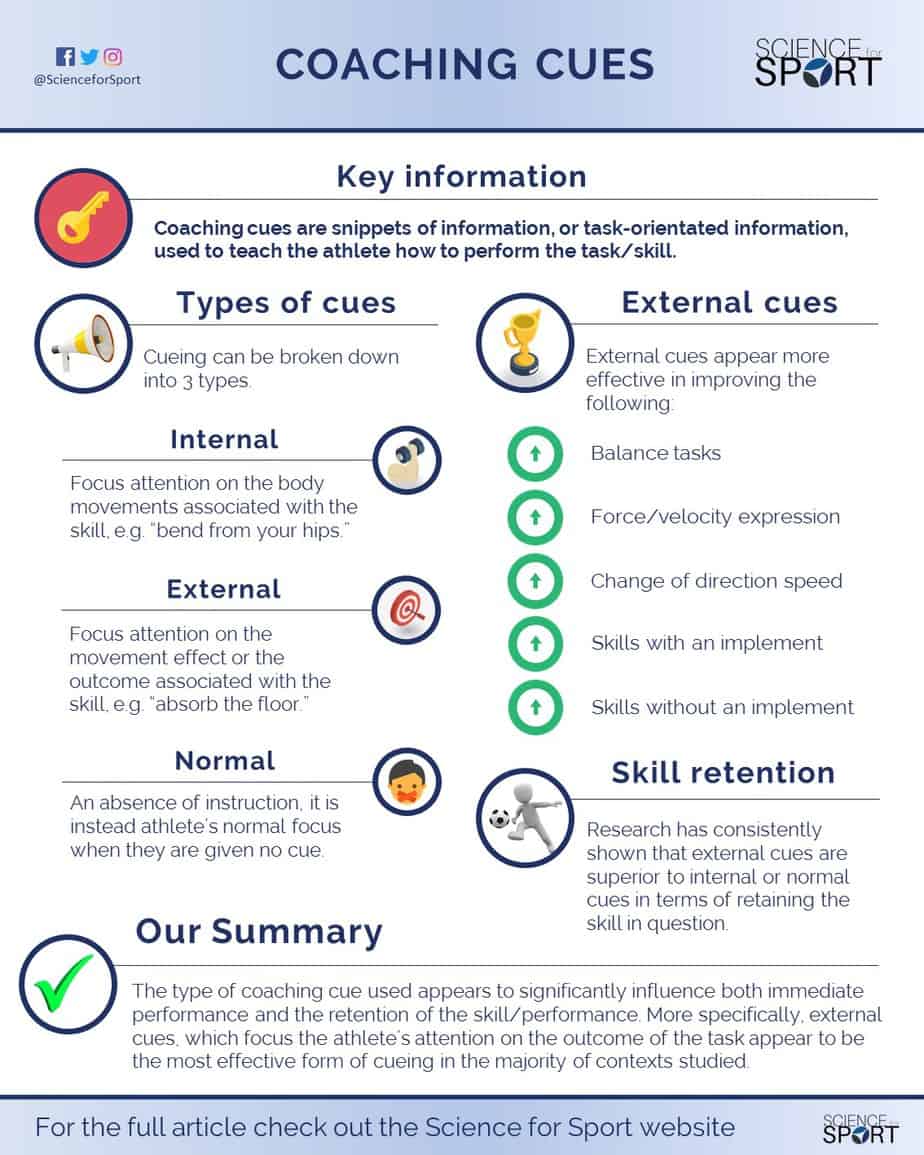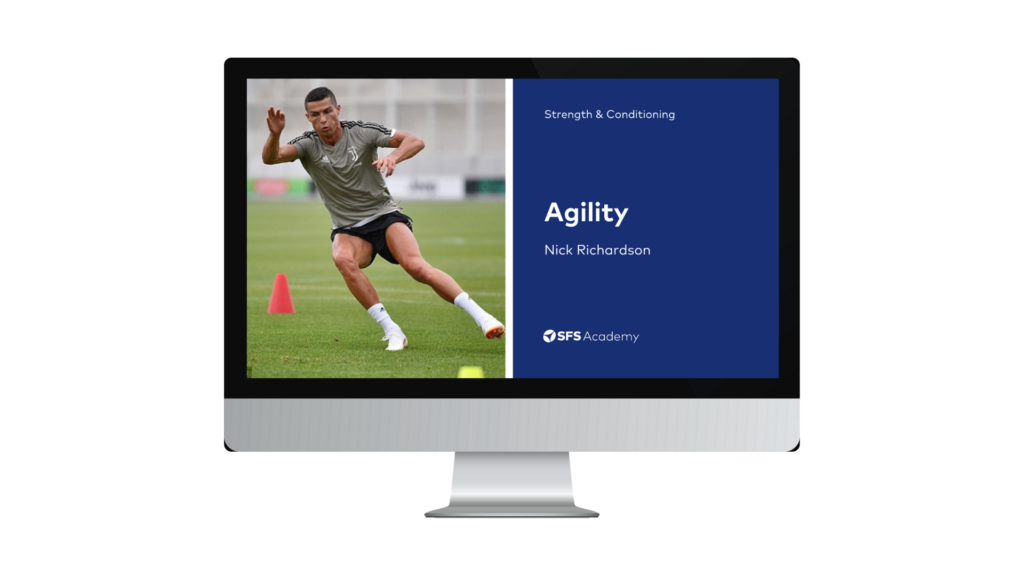Contents of Article
- Summary
- What are coaching cues?
- Do coaching cues impact performance and learning?
- How do external coaching cues help?
- Conclusion
- References
- About the Authors
Summary
Although coaching is often referred to as an “art”, science is beginning to demonstrate that some coaching methods may be better than others, reaffirming the concept of evidence-based coaching. This article explicitly discusses how the type of coaching cue (i.e., external, internal, or normal) a coach uses can have a profound effect on the athlete’s short- and long-term performance, including their ability to retain the skill (i.e., perform it with the same quality at a later date).
In most circumstances studied, external coaching cues appear to be more effective than both internal and normal cues for performance, skill development and retention.

What are coaching cues?
Coaching cues are snippets of information, or task-orientated information, used to teach the athlete how to perform the task/skill (1). Successful coaching largely depends on the coach’s ability to communicate with the athlete using simple and effective coaching cues (1). Cues that are too long, too complex, and are quite simply just too complicated, are unlikely to teach the athlete the desired skill. As a result, a great deal of research has emerged in the past two decades which has attempted to identify the most effective coaching cues to use, with the first study published in 1998 (2).
Coaching cues are perhaps most often used to focus an athlete’s attention on the key feature of the task/skill that is being taught (e.g., getting up-tall whilst sprinting) (3). Technically speaking, this is referred to as the athlete’s focus of attention, or what is otherwise known as ‘attentional focus’ (1, 3).
Attentional focus is the feature of the task the athlete is focusing on (e.g., getting up-tall whilst sprinting, or striking the ball with their laces).
When refining or learning a new skill, the athlete’s focus of attention (attentional focus) plays an important role in the acquisition of that skill; therefore, emphasising the importance of an appropriate cue.
From a motor skill acquisition standpoint (i.e., learning/developing skills), there are three main types of coaching cues. These are:
- Internal cue
- External cue
- Normal cue
Internal Cues
Internal coaching cues direct the athlete to focus their attention on the body movements associated with the skill (3). Internal cue examples include:
- Bend from your hips
- Rapidly extend through your hips, knees, and ankles.
- Bend your hips and knees at the same time.
- Kick forcefully by extending your knee
With these types of cues, the commonality is the coach is always referring to a body part(s), whether that is the hip, knee or ankle; although it is not isolated to just these and applies to any body part. It is believed these types of cues can disrupt the athlete’s automatic control/movement processes as they direct the athlete to consciously organise their body’s movement (4, 5).
Internal cues are thought to disrupt movement and control because the athlete has to ‘consciously’ organise their body.
With that said, it is important to acknowledge that this is not to suggest that internal cues are not effective, it is simply to draw your attention to what this type of cue is believed to do.
External Cues
External coaching cues direct the athlete to focus their attention on the movement effect or the outcome associated with the skill (3). External cue examples include:
- Stay long and low during the acceleration phase
- Push the ground away
- Absorb the floor
- Explode upwards towards the ceiling
These cues, therefore, encourage the athlete to think more about the outcome (e.g., absorb the floor), than the internal actions needed to perform it (e.g., bend your hips and knees at the same time). Given this, it is believed external cues reduce conscious interference and “…allows the motor system to more naturally self-organise” (6), leading to enhanced learning and performance (7).
External cues are believed to allow the athlete to subconsciously ‘self-organise’ their body during movement.
Normal Cues
This form of coaching cue is, in fact, an absence of instruction, and can instead be referred to as the athlete’s normal focus when they are given no cue whatsoever (3, 8). Having said that, the athlete is arguably likely to think of their own cue/instruction based on what they have previously been instructed to do by their coach – potentially resulting in the athlete thinking of either an internal or external cue.
Do coaching cues impact performance and learning?
The Art of Coaching: External Cues vs. Internal and Normal
There is a long-standing belief that the act of coaching is more of an ‘art’ than a ‘science’, and this is clear given the fact coaches often prefer to get new information from other practitioners rather than from scientific sources (3). In one context, science is simply a concerted effort to understand, or better understand, how things work using measurable evidence (9). With this in mind, scientific research has attempted to better understand the so-called ‘art of coaching’, and has so far been successful within the context of coaching cues.
To elaborate, an abundance of research thus far, has shown that external coaching cues appear to be more effective for improving the performance outcome than internal or normal cues. External cues appear to be more effective for improving the following (3):
- Balance and suprapostural tasks (10, 6, 11, 2, 12)
- Neuromuscular expression of force and velocity (13-16)
- Change of direction speed (17)
- Sport skills with an implement (e.g., darts, golf, tennis, and soccer) (18-21)
- Sport skills without an implement (e.g., vertical and horizontal jumping) (22-25)
- Continuous sports skills (e.g., swimming, running, sprinting, and agility) (26-29)
In addition to displaying the potential superiority of external coaching cues, it also suggests that the art of coaching can be better understood when put under the lens of scientific rigour.
Acute vs. Chronic Learning
As the great quote goes, “you haven’t taught until they have learned” (30). This quote implies that just because the educator (e.g., coach) has instructed something, does not mean the learner has learned it. And whilst learners (e.g., athletes) may show a temporary improvement in a skill following instruction from the coach, it does not mean the athlete will retain this skill at a later date.
A temporary (short-term) improvement in a skill is known as acute learning, whilst permanent (long-term) retention of the skill is known as chronic learning. To support this, research has shown that acute learning of a skill during practice/training is not necessarily indicative of skill retention and chronic learning (31, 32). For example, although the athlete may have learned, for the first time, how to volley a football on a Tuesday night at training, it does not mean they will retain this skill at the following session, or even in a game.
As skill acquisition (i.e., learning skills) is the so-called ‘name of the game’, research has attempted to identify which coaching cues (external, internal, or normal) are most effective for skill retention/chronic learning. To do this, studies use “retention tests” which are typically performed several days after the “practice” and cueing has taken place (Figure 1; 2, 33, 34).
On multiple occasions, the research has shown that individuals who were taught using external cues were more capable of retaining the skill and performing better on the retention test than those who learned using internal or normal cues (2, 33, 34). This, therefore, suggests that external cues are not only better for improving acute learning but also chronic learning and skill retention. Again, with this being said, although external cues have been repeatedly shown to outperform internal and normal cues, this does not suggest that there is no place for the latter two types of cues within the coaching environment – context is key.
How do external coaching cues help?
Before we begin, it is also important to understand that external cues have been subdivided into three categories, known as the three D’s (Distance, Direction, and Description; Figure 2).
Distance
This segment refers to the distance associated with the external cue, for example, “jump towards the cone” or “project yourself towards the ceiling”. In these two examples, both the cone and the ceiling are referring to objects at a given distance away from the athlete, so there is a distance element added to the cue.
To complicate things a little more, the distance associated with the cue can be either “close” or “far” (Figure 2). Examples of these could be: if an athlete is balancing on a wobble board, a ‘close-distance’ cue may be to focus on keeping the board level, whereas the ‘far-distance’ cue may be to concentrate on a fixed object in front of them. Another example could be during a conversion kick in rugby: cueing the athlete to focus on striking the ball would be seen as a close-distance cue, in comparison to having them focus purely on kicking the ball through the posts (far-distance cue). Again, both are external cues, but one refers to an object closer to the athlete than the other.
Although this may seem trivial, much research has been conducted on this topic (6, 18, 19, 35-44) and it does appear to have a significant effect on the learning outcome. Although the results are not entirely certain, it appears that novice athletes learn better using close-distance cues (20, 21), whilst more experienced athletes perform better when focusing on far-distance cues (38).
Direction
At present, two types of direction cues have been proposed: 1) away, and 2) towards. Away, meaning, for example, jumping away from something, whilst towards may mean jumping towards something. Whilst there may be good reason to believe that type of direction cue (away vs. towards) may have a significant impact on performance, to date, no research has directly investigated this topic. Only two studies could be said to have assessed this very topic but did so indirectly (41, 42). In other words, they did not actually set out to examine away vs. towards cues, instead they looked at distance cues (close vs. far).
Regardless, the participants were given two separate cues: 1) Away; “when you jump, focus on jumping as far past the start line as possible”; and 2) Towards; “when you jump, focus on jumping as close to the cone as possible”. The results showed that when the participants were given the “towards” cue, they jumped farther than when given the “away” cue (41, 42). This information potentially suggests that cues focussed on moving towards an object, as opposed to away from it, may produce better performance results.
Description
Personal anecdotal experience, and feedback from other coaches and their experiences, would suggest these types of cues are particularly effective for achieving the desired outcome in performance, whether that is improving jump distance or reducing ground contact time during acceleration drills. Descriptive cues are often separated into two categories:
- Action verbs (examples: push, punch, launch, and explode)
- Analogies (examples: propel like a jet engine, slingshot, or greyhound out of the blocks)
Action verb examples can reign anywhere from “pushing the ground away” to “exploding out of the blocks” during the acceleration phase of the sprint. Cues like this seem to provide real context to the athlete and clearly explains to them what the coach is trying to translate. Likewise, analogies, such as “propel like a slingshot”, “spin the earth”, or “explode out of the start position like a jet engine” also clearly translate the information to the athlete.
At present, there is no research, at least to our knowledge, which has studied the influence of the type of action verb on performance, for example, “push the ground away” versus “punch the ground away”, but perhaps this will change in the near future. On the other hand, there is research demonstrating that cueing using analogies is effective for skill learning (45-47).
Conclusion
Despite coaching often being referred to as an “art”, there is growing scientific evidence to suggest that evidence-based practice can improve the coach’s delivery. The type of coaching cue used appears to significantly influence both the immediate performance of the athlete (i.e., short-term learning) and the retention of the skill/performance when repeated at a later date (i.e., long-term learning).
More specifically, external cues, which focus the athlete’s attention on the outcome of the task, instead of the body movements needed to perform it (i.e., internal cues), appear to be the most effective form of cueing in the majority of contexts studied. The information supplied in this article provides clarity into the use, and effectiveness, of coaching cues and can be used immediately by coaches looking to optimise the performance of their athletes.
- Benz A, Winkelman N, Porter J, and Nimphius S. Coaching instructions and cues for enhancing sprint performance. Strength Cond J 38: 1–11, 2016. https://www.researchgate.net/publication/292151409_Coaching_Instructions_and_Cues_for_Enhancing_Sprint_Performance
- Wulf G, Prinz W, and Ho¨ ß M. Instructions for motor learning: Differential effects of internal versus external focus of attention. J Mot Behav 30: 169–179, 1998. https://www.ncbi.nlm.nih.gov/pubmed/20037032
- Winkelman NC. (2016) Attentional Focus and Cueing for Speed Development. Strength & Conditioning Journal. https://www.researchgate.net/publication/311780294_Attentional_Focus_and_Cueing_for_Speed_Development
- Wulf, G., McNevin, N.H., & Shea, C.H. (2001a). The automaticity of complex motor skill learning as a function of attentional focus. Quarterly Journal of Experimental Psychology Section A: Human Experimental Psychology, 54, 1143–1154. https://www.ncbi.nlm.nih.gov/pubmed/11765737
- Wulf, G., Shea, C.H., & Park, J. (2001b). Attention and motor performance: Preferences for and advantages of an external focus. Research Quarterly for Exercise and Sport, 72, 335–344. https://www.ncbi.nlm.nih.gov/pubmed/11770783
- McNevin, N.H., Shea, C.H., & Wulf, G. (2003). Increasing the distance of an external focus of attention enhances learning. Psychological Research, 67, 22–29. https://www.ncbi.nlm.nih.gov/pubmed/12589447
- Coker C. Optimizing External Focus of Attention Instructions: The Role of Attainability. Journal of Motor Learning and Development, 2016, 4, 116 -125. http://journals.humankinetics.com/doi/abs/10.1123/jmld.2015-0024
- Porter JM and Partridge J. Focus of attention and verbal instructions: Strategies of elite track and field coaches and athletes. Sport Sci Rev XIX: 199–211, 2010. https://www.degruyter.com/view/j/ssr.2010.xix.issue-3-4/v10237-011-0018-7/v10237-011-0018-7.xml
- What is Science?. 2017. What is Science?. [ONLINE] Available at: http://www.gly.uga.edu/railsback/1122science2.html. [Accessed 16 June 2017].
- Chiviacowsky S, Wulf G, and Wally R. An external focus of attention enhances balance learning in older adults. Gait Posture 32: 572–575, 2010. https://www.ncbi.nlm.nih.gov/pubmed/20850325
- Shea CH and Wulf G. Enhancing motor learning through external-focus instructions and feedback. Hum Move Sci 18: 553– 571, 1999. http://www.sciencedirect.com/science/article/pii/S0167945799000317
- Wulf G, Weigelt M, Poulter D, and McNevin N. Attentional focus on suprapostural tasks affects balance learning. Q J Exp Psychol 56: 1191–1211, 2003. https://www.ncbi.nlm.nih.gov/pubmed/12959910
- Greig M and Marchant D. Speed dependant influence of attentional focusing instructions on force production and muscular activity during isokinetic elbow flexions. Hum Move Sci 33: 135–148, 2014. https://www.ncbi.nlm.nih.gov/pubmed/24060220
- Halperin I, Williams KJ, Martin DT, and Chapman DW. The effects of attentional focusing instructions on force production during the isometric mid-thigh pull. J Strength Cond Res 30: 919–923, 2016. https://www.ncbi.nlm.nih.gov/pubmed/27003451
- Marchant DC, Greig M, and Scott C. Attentional focusing instructions influence force production and muscular activity during isokinetic elbow flexions. J Strength Cond Res 23: 2358–2366, 2009. https://www.ncbi.nlm.nih.gov/pubmed/19826287
- Vance J, Wulf G, Tollner T, McNevin N, and Mercer J. EMG activity as a function of the performer’s focus of attention. J Mot Behav 36: 450–459, 2004. https://www.ncbi.nlm.nih.gov/pubmed/15695233
- Bartholomew, Brett, “Attentional Focus Does Not Impact Agility Performance Amongst Division I Women Collegiate Tennis Players” (2012). Research Papers. Paper 259. http://opensiuc.lib.siu.edu/gs_rp/259/
- McKay B and Wulf G. A distal external focus enhances novice dart throwing performance. Int J Sport Exerc Psychol 10: 149–156, 2012. http://www.tandfonline.com/doi/abs/10.1080/1612197X.2012.682356
- Wulf G, McConnel N, Gartner M, and Schwarz A. Enhancing the learning of sport skills through external-focus feedback. J Mot Behav 34: 171–182, 2002. https://www.ncbi.nlm.nih.gov/pubmed/12057890
- Wulf G, McNevin NH, Fuchs T, Ritter F, and Toole T. Attentional focus in complex skill learning. Res Q Exerc Sport 71: 229– 239, 2000. https://www.ncbi.nlm.nih.gov/pubmed/10999260
- Wulf G and Su J. An external focus of attention enhances golf shot accuracy in beginners and experts. Res Q Exerc Sport 78: 384–389, 2007. https://www.ncbi.nlm.nih.gov/pubmed/17941543
- Porter JM, Ostrowski EJ, Nolan RP, and Wu WF. Standing long-jump performance is enhanced when using an external focus of attention. J Strength Cond Res 24: 1746–1750, 2010. https://www.ncbi.nlm.nih.gov/pubmed/20543731
- Wu WF, Porter JM, and Brown LE. Effect of attentional focus strategies on peak force and performance in the standing long jump. J Strength Cond Res 26: 1226–1231, 2012. https://www.ncbi.nlm.nih.gov/pubmed/22082793
- Wulf G and Dufek JS. Increased jump height with an external focus due to enhanced lower extremity joint kinetics. J Mot Behav 41: 401–409, 2009. https://www.ncbi.nlm.nih.gov/pubmed/19846388
- Wulf G, Zachry T, Granados C, and Dufek J. Increases in jump-and-reach height through an external focus of attention. Int J Sports Sci Coaching 2: 275–284, 2007. http://journals.sagepub.com/doi/abs/10.1260/174795407782233182
- Ille A, Selin I, Do MC, and Thon B. Attentional focus effects on sprint start performance as a function of skill level. J Sports Sci 31: 1705–1712, 2013. https://www.ncbi.nlm.nih.gov/pubmed/23710928
- Porter JM, Nolan RP, Ostrowski EJ, and Wulf G. Directing attention externally enhances agility performance: A qualitative and quantitative analysis of the efficacy of using verbal instructions to focus attention. Front Psychol 1: 1–7, 2010. https://www.ncbi.nlm.nih.gov/pmc/articles/PMC3153821/
- Schucker L, Hagemann N, Strauss B, and Volker K. The effect of attentional focus on running economy. J Sports Sci 27: 1241– 1248, 2009. https://www.ncbi.nlm.nih.gov/pubmed/19787539
- Stoate I and Wulf G. Does the attentional focus adopted by swimmers affect their performance? Int J Sports Sci Coaching 6: 99–108, 2011. http://journals.sagepub.com/doi/abs/10.1260/1747-9541.6.1.99?journalCode=spoa
- Nater S and Gallimore R. You Haven’t Taught Until They Have Learned: John Wooden’s Teaching Principles and Practices. Morgantown, WV: Fitness Information Technology, 2010. https://www.amazon.com/Havent-Taught-Until-They-Learned/dp/1885693664
- Kantak SS and Winstein CJ. Learning performance distinction and memory processes for motor skills: A focused review and perspective. Behav Brain Res 228: 219–231, 2012. https://www.ncbi.nlm.nih.gov/pubmed/22142953
- Soderstrom NC and Bjork RA. Learning versus performance: An integrative review. Perspect Psychol Sci 10: 176–199, 2015. https://www.ncbi.nlm.nih.gov/pubmed/25910388
- Hadler R, Chiviacowsky S, Wulf G, and Schild JFG. Children’s learning of tennis skills is facilitated by external focus instructions. Motriz: Revista de Educacao Fısica 20: 418–422, 2014. http://www.scielo.br/scielo.php?script=sci_arttext&pid=S1980-65742014000400418
- Wulf G and McNevin N. Simply distracting learners is not enough: More evidence for the learning benefits of an external focus of attention. Eur J Sport Sci 3: 1–13, 2003. http://www.tandfonline.com/doi/abs/10.1080/17461390300073501
- Abdollahipour R, Psotta R, Palomo Nieto M, Rouzbahani M, Nikdast H, and Bahram A. Effects of attentional focus instructions on the learning of a target task: A moderation role of visual feedback. Kinesiology 46: 210–217, 2014. http://hrcak.srce.hr/file/194827
- Kearney PE. A distal focus of attention leads to superior performance on a golf putting task. Int J Sport Exerc Psychol 13: 371–381, 2015. http://www.tandfonline.com/doi/abs/10.1080/1612197X.2014.993682?journalCode=rijs20
- Shafizadeh M, McMorris T, and Sproule J. Effect of different external attention of focus instruction on learning of golf putting skill. Perceptual Mot skills 113: 622–670, 2011. https://www.ncbi.nlm.nih.gov/pubmed/22185080
- Bell JJ and Hardy J. Effects of attentional focus on skilled performance in golf. J Appl Sport Psychol 21: 163–177, 2009. https://www.researchgate.net/publication/247515604_Effects_of_Attentional_Focus_on_Skilled_Performance_in_Golf
- Parr R and Button C. End-point focus of attention: Learning the “catch” in rowing. Int J Sport Psychol 40: 616–635, 2009. https://www.researchgate.net/publication/288580062_End-point_focus_of_attention_Learning_the_’Catch’_in_Rowing
- Perkins-Ceccato N, Passmore SR, and Lee TD. Effects of focus of attention depend on golfers’ skill. J Sports Sci 21: 593–600, 2003. https://www.ncbi.nlm.nih.gov/pubmed/12875310
- Porter JM, Anton PM, Wikoff NM, and Ostrowski JB. Instructing skilled athletes to focus their attention externally at greater distances enhances jumping performance. J Strength Cond Res 27: 2073–2078, 2013. https://www.ncbi.nlm.nih.gov/pubmed/23222082
- Porter JM, Anton PM, and Wu WF. Increasing the distance of an external focus of attention enhances standing long jump performance. J Strength Cond Res 26: 2389–2393, 2012. https://www.ncbi.nlm.nih.gov/pubmed/22067252
- Flores FS, Schild J, and Chiviacowsky S. Benefits of external focus instructions on the learning of a balance task in children of different ages. Int J Sport Psychol 46: 311–320, 2015. http://www.ijsp-online.com/abstract/view/46/311
- Duke RA, Cash CD, and Allen SE. Focus of attention affects performance of motor skills in music. J Res Music Educ 59: 44– 55, 2011. https://www.jstor.org/stable/23019436
- Lam WK, Maxwell JP, and Masters RSW. Analogy versus explicit learning of a modified basketball shooting task: Performance and kinematic outcomes. J Sports Sci 27: 179–191, 2009. https://www.ncbi.nlm.nih.gov/pubmed/19153868
- Liao CM and Masters RS. Analogy learning: A means to implicit motor learning. J Sports Sci 19: 307–319, 2001. https://www.ncbi.nlm.nih.gov/pubmed/11354610
- Poolton J, Masters R, and Maxwell J. The influence of analogy learning on decisionmaking in table tennis: Evidence from behavioural data. Psychol Sport Exerc 7: 677–688, 2006. https://hub.hku.hk/bitstream/10722/48695/1/131847.pdf?accept=1
